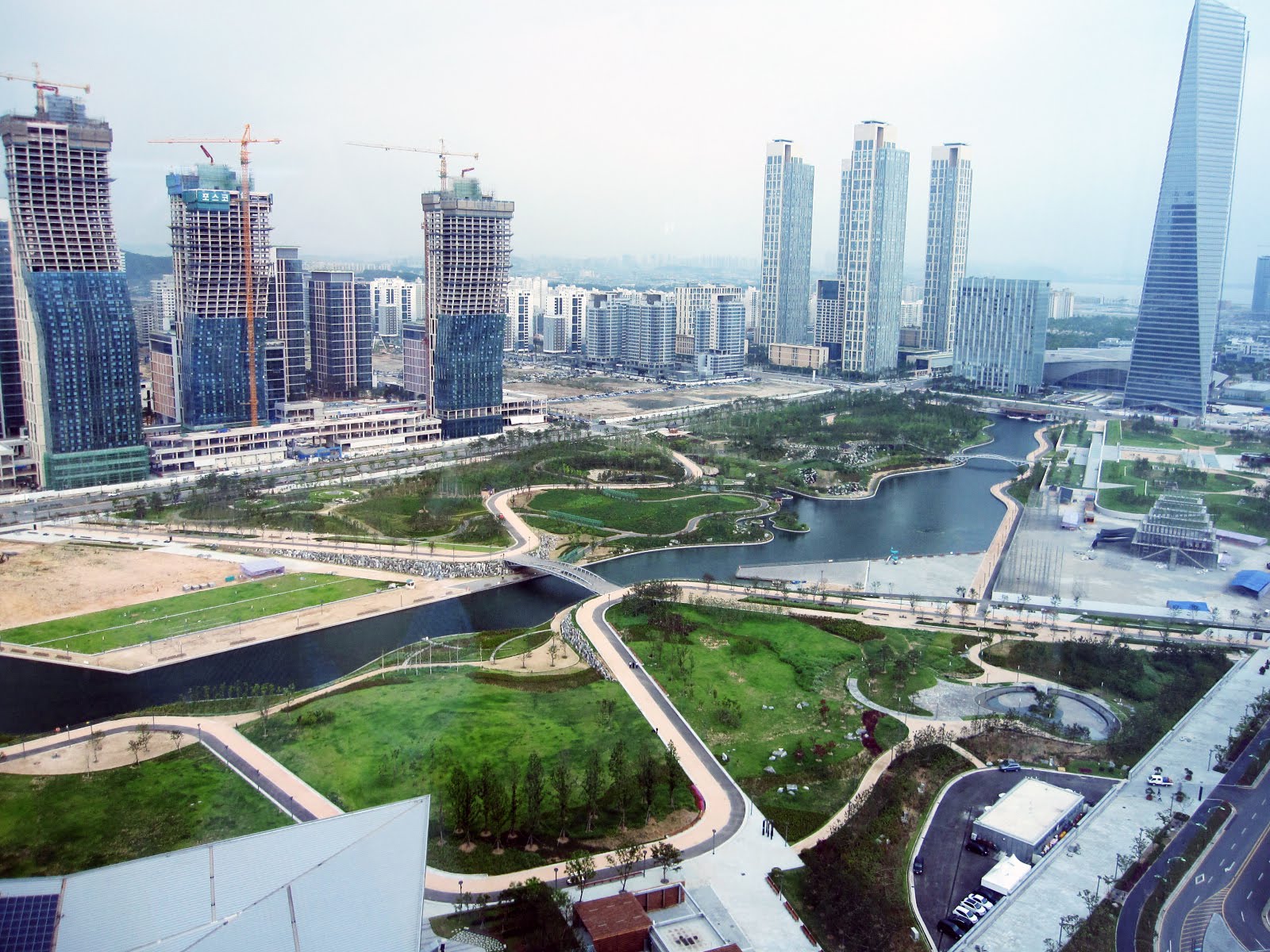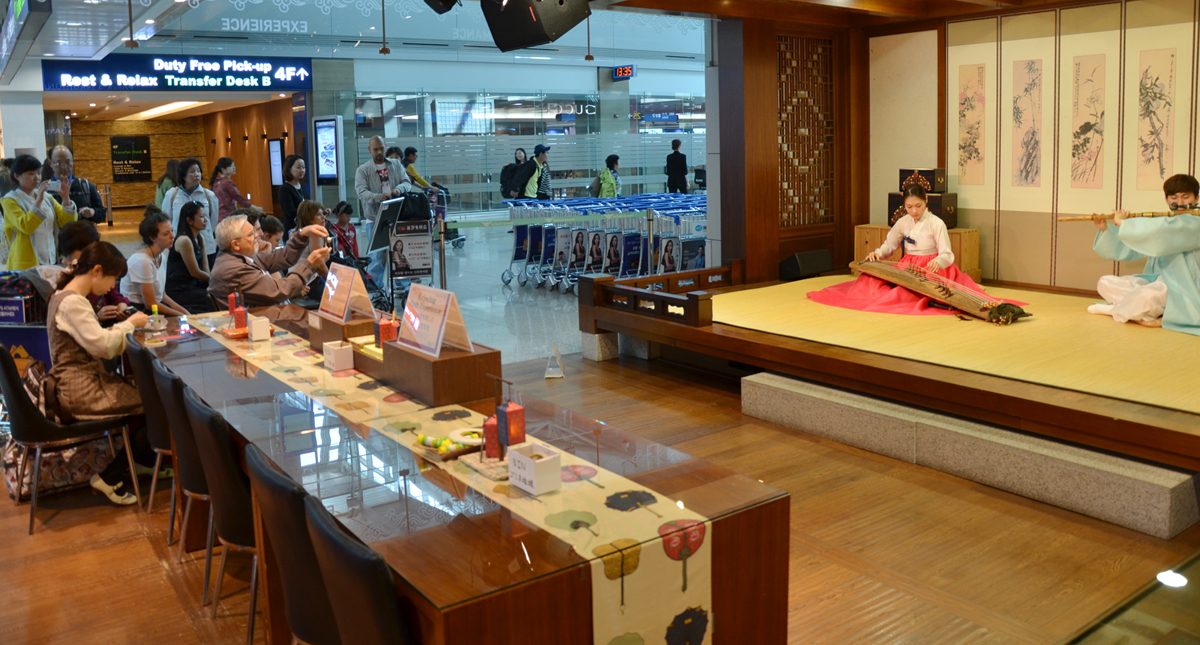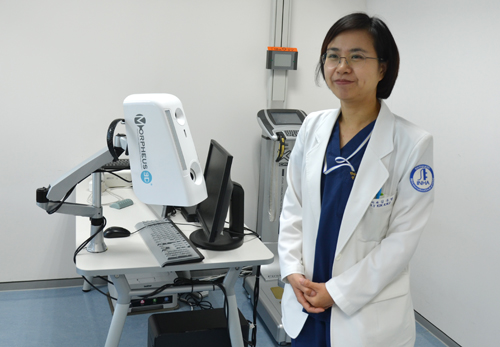Dawn of the Aerotropolis

Developed at a cost of $40 billion, New Songdo, a 21-sq. mile aerotropolis a short drive from Korea’s Inchon airport, is the largest private real estate investment in history.
By David DeVoss
Just outside Korea’s Incheon airport there are two roads leading to downtown. One heads east to the Korean capital of Seoul more than an hour’s drive away. The other angles south over a short causeway to New Songdo, a decade-old airport city that is known throughout Asia as the world’s most modern aerotropolis.
An aerotropolis exists to serve the needs of companies whose business model depends on access to transportation. “Efficiency is paramount in an age of globalization,” says Greg Lindsay, co-author of Aerotropolis: The Way We’ll Live Next. “Cities always have formed around transportation –ports and harbors and then railway stations. Today, air travel is how we connect globally, so proximity to an airport makes business sense.”
Developed at a cost of $40 billion, New Songdo is the largest private real estate investment in history. When complete in 2018 its 1,500-acre central business district will have 80,000 apartments, 50,000,000 square feet of office space, 10,000,000 square feet of retail shopping and a population approaching 210,000. The city’s 21-square mile urban plan includes a New York-style central park, canals reminiscent of Venice and pocket parks similar to those in Savannah. Songdo already is home to Korea’s tallest office tower, several UN agencies and soon to open Korean campuses operated by SUNY Stony Brook, George Mason University and the University of Utah.
Forty percent of the city is given over to parks (New York City, by comparison, leads the U.S. with almost 20 percent green space) that are intersected by bike paths and pedestrian walkways. A significant percentage of the 75,000 people living in the city commute on bicycles, which are parked at night in neat rows in front of apartment buildings. Theft is not an issue since security cameras monitor the entire city.
The Songdo aerotropolis is the world’s first smart city. Sensors embedded in the pavement minimize traffic congestion by coordinating traffic lights. Shower water from apartment buildings flows into gray water cisterns where it is used to irrigate parks and urban vegetable plots. There are no trash trucks or roadside garbage bins. A citywide pneumatic waste disposal system sucks trash from individual homes into processing centers that sort and recycle the material. The system requires just seven employees for the entire city.
Songdo’s biggest attraction, however, is its proximity to Incheon International Airport. “A third of the world’s population is within a three and a half hour flight of Incheon,” says John Jackson, Korean Air’s Vice President for North American Marketing and Sales “That’s 60 plus cities each with more than 1,000,000 people who now have money to travel.”
Korean Air recently built a Grand Hyatt hotel between Songdo and the airport. It also owns a medical center it hopes will attract foreign travelers seeking cosmetic, dental and rejuvenation procedures. “For patients who call ahead we can have a dermatologist waiting to inject Botox or provide anti-aging hormone therapy,” says Marketing & Global Affairs Director Heidi Kim. “We’ll even have a box lunch sent over from the Grand Hyatt.” So far, the clinic’s average length of stay is three hours making it possibly the world’s first facility to offer in-transit medical care.
In the past, airports were necessary nuisances, generic places to pass through as quickly as possible. Now airports and the airport cities surrounding them are destinations designed for corporate business travelers and post-recession tourists with money to spend. Incheon already is the number one duty-free airport in the world. Its halls are lined with 73 high-end stores that last year recorded more than $1.65 billion in sales. Incheon’s Louis Vuitton shop sold more than $350,000 in merchandise the first day it opened.

At Inchon Airport departing passengers can view Korean cultural presentations before catching their flight
Dr. John Kasarda, Director of the Center for Air Commerce at the University of North Carolina believes airport cities are valuable because connectivity equals competitiveness. An aerotropolis encourages a “constellation” of social and economic facilities that allow the hyper-efficient movement of people and products. Says Kasarda, “Spatially, an airport city can resemble a traditional city, but it has an airport rather than an urban core at its center.”
There are 25 airport cities in operation today with another 30 in various stages of development. Africa has 14 airport cities under construction, the biggest being Ekurhuleni, next to O.R. Tambo, Africa’s busiest airport east of Johannesburg. Zuidas, a neighborhood adjacent to Schiphol Airport in the Netherlands, attracted 120 new companies last year, many of them nimble start-up enterprises.
The airport city envisioned for Manchester, England offers the most potential for economic transformation. Budgeted at a cost of $1.3 billion, Manchester Airport City will occupy 160 acres next to the existing airport and add 16,000 new jobs once work is complete in 2030.
In addition to the needed economic boost, local officials hope the development will improve the city’s image. On visiting Manchester in 1825, German architect Karl Schinkel wrote, “the enormous factory buildings are seven to eight stories high…where three years ago there were only meadows”. He went on to say that the buildings were so black that they looked as if they had stood already for a hundred years. The spinning, weaving and dyeing of cotton textiles was the city’s only enterprise, a fact that prompted the nickname “Cottonopolis.”
A decade later, things were even worse. “A sort of black smoke covers the city,” observed Alexis de Tocqueville in 1835. “Under this half-daylight 300,000 human beings are ceaselessly at work. The homes of the poor are scattered haphazard around the factories. From this filthy sewer pure gold flows. “
But it was not until 1996 that the city truly hit bottom, for on that day a white van packed with 3,300 pounds of IRA explosives blew up on Corporation Street leaving an enormous hole in the center of the city.
A lack of strategic planning in the Greater Manchester area initially caused political friction between blue-collar communities and high-tech entrepreneurs. Political discords led to funding problems. The disagreements finally diminished when the Beijing Construction Engineering Group agreed to take a 20 percent equity position in Manchester’s underfunded development consortium. In return for BCEGs participation, the U.K. agreed to abolish all visa requirements for Chinese nationals and allow an unlimited number of Chinese students and tourists into Britain.
The Canadian city of Richmond, where Vancouver’s international airport is situated, hopes to leverage its location into an airport city. “We have more flights to China than any other airport in North America,” says Tony Gugliotta, the senior vice President of Marketing and Commercial Development at the Vancouver International Airport Authority. “Our airport’s goal is not to be a gateway through which people pass on the way to somewhere else, but a destination city where Asian companies can establish North American headquarters.” Richmond is building an 800,000-square-foot outlet center with 200 stores to create a welcoming climate for investors.
The U.S. has several large aerotropolis projects. The largest is in Denver where the 20-year old Denver International Airport is opening a 519-room Westin Hotel and assembling commercial investors to develop 9,000 acres of open land next to DIA. “Our competition is Frankfurt, Beijing, Munich, Dallas, Incheon and every airport in the world with major global connections,” said DIA CEO Kim Day in a recent interview with USA Today. “Fortunately none of our competitors has as much land as we do.”

The Inha Medical Center is so close to the Inchon Airport that in transit passengers who call ahead can have medical procedures done
Atlanta’s Hartsfield-Jackson International Airport may not have as much open land as DIA but it does have the Atlanta Aerotropolis Alliance, a local business association that recently convinced Porsche to locate its North American headquarters on a 26-acre parcel next to the airport. An additional eight acres will be used for a hotel attached to the domestic terminal and a traffic plaza with office space.
Dallas/Ft. Worth International Airport, which sits in the middle of 30-square miles of largely undeveloped green fields, hopes to build the Southwest’s largest aerotropolis. A dynamic residential and commercial area called Las Colinas has stronger links to DFW than it does to either downtown Dallas or Ft. Worth. If growth patterns continue, it one day might merge with Park West Crossing, a small but growing industrial park of 98 acres close to the airport.
Tampa International Airport has a $1 billion capital improvement budget it hopes will fund a 3,300-acre aerotropolis to rival Atlanta’s. Construction already is underway on a $417.5 million automated people mover and a $319.7 million consolidated car rental center. Additional parcels of land have been identified for offices, hotels, cargo facilities and other aviation-related businesses. By 2020 all these projects, plus $48 million in road improvements, should be finished so that other parcels can be opened for commercial development.
Not every regional airport will support an airport city. But the airport cities that already exist undoubtedly will expand because of the buying habits of young Millennials who would rather order basic items from Amazon than buy them from Main Street merchants. According to Wim Elfrink, Executive Vice President of Emerging Solutions for Cisco Systems, Inc., one-third of the value of all commercial goods sold in America is shipped by air. Yet all this air cargo collectively weighs just 1 percent of all merchandise sold commercially.
If Circuit City and Radio Shack are losers in the millennial economy, then the big winner is Memphis, which has the world’s second busiest cargo airport thanks to its main client, Federal Express. Fedex ships 3,000,000 packages a day through its Memphis “SuperHub.” The company employs 30,000 people and is the star of a cargo solar system consisting of 100 Memphis-area companies that collectively employ close to 200,000 people and account for $29 billion in regional GDP growth.
An intricate web of plane, train and truck routes converge at this Mississippi River port, which calls itself “America’s Aerotropolis.” Logistical flexibility allows Nike, 1-800-FLOWERS, AT&T Logistics and The National Eye Bank Center to simultaneously dispatch shoes, roses, cell phones and corneas to different parts of the country.
“Everything hinges on the aerotropolis,” says Phil Trenary, President & CEO of the Memphis Chamber of Commerce. “Smith & Nephew is the largest manufacturer of high-value medical devices. But their business model depends on shipping a surgical kit from Memphis at 1 a.m. and having it arrive in a hospital by the afternoon of the same day. That requires close proximity to an airport.”
The Memphis aerotropolis covers 50-square miles, about 20 percent of the city’s land area. Unlike Korea’s Songdo City, which was purposely built on land reclaimed from the Yellow Sea, Memphis’ airport city evolved over time. Songdo is the perfect example of what a 21st Century aerotropolis should be. But Memphis also has Graceland, a 120-acre shrine to Elvis Presley just 12 blocks from the airport.
“Graceland was a 500-acre country farm when Elvis bought it in 1956,” says Jack Soden, the Elvis Presley Enterprises CEO. “Today we depend on the airport for 22 percent of our customers. It’s like the United Nations over at the Heartbreak Hotel with all the languages being spoken.”
In anticipation of increased tourist arrivals, Graceland is investing $120 million on a new visitor complex and 450-room hotel. Down the road Target is adding a 900,000-square foot logistics center. It will join Idexx, a veterinary diagnostics center that processes thousands of lab tests daily, Flextronics, an electronics services company that repairs up to 2,500 laptops each day, and Medtronic, a medical technology company that distributes artificial knees and other orthopedic devices throughout North America.
Manufacturers and service providers are learning that locating close to an aerotropolis can save time and money. Medical-testing companies can get blood from veins to their labs faster, and with fewer missed samples. Mobile phone and laptop-repair firms can have a device fixed and turned around to its owner in hours. An airport city may not be the best place to raise a family, but in a global world with a 24-hour economy it may be the best place to make real-time decisions.
David DeVoss is the editor of the East-West News Service

